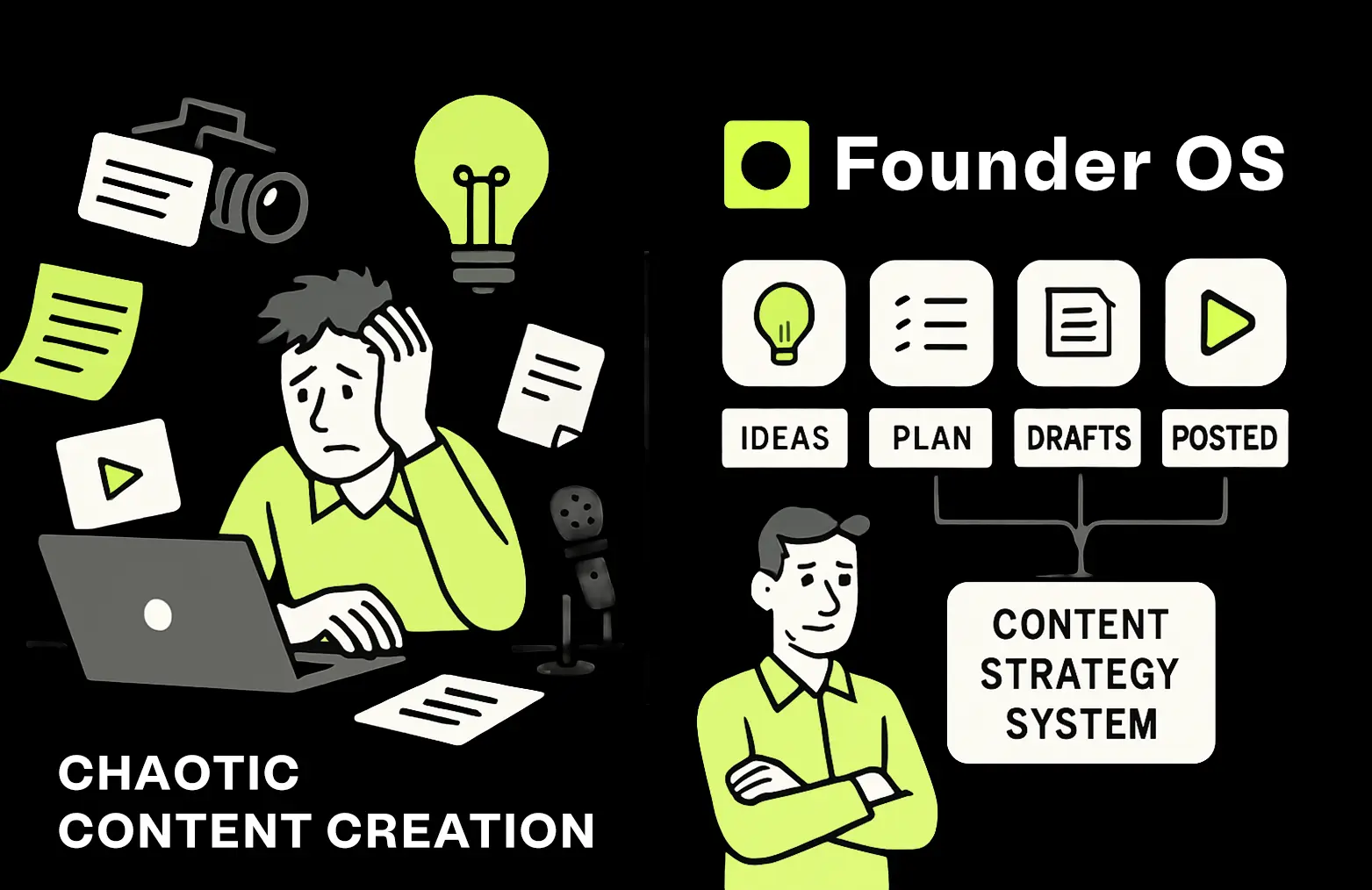Red flag #1: Lack of customization options.
No two businesses are identical. Your automation tools should reflect that reality.
When a business automation platform locks you into rigid templates or basic settings, you lose the power to build systems that actually make sense for your unique needs. It's like trying to squeeze into a one-size-fits-all jacket—technically it fits, but you'll never be comfortable.
Customization matters because your business is dynamic. As your team grows, your offers evolve, and your goals shift, you need tools that bend with you. A platform that lets you create custom workflows, adjust settings, and integrate with your specific way of operating saves you from rebuilding your entire backend six months later.
Watch for these warning signs that a tool lacks the flexibility you'll eventually need:
- Only pre-made workflows with zero editing options
- No branding capabilities to reflect your business identity
- Strict limits on how tasks flow between departments or tools
- Forced features you don't use and can't remove
- No user permissions or access level controls
When entrepreneurs get stuck with inflexible tools, they end up doing more manual work just to make things fit. Suddenly, the whole point of automation—saving time and mental energy—goes out the window.

.webp)

.webp)


